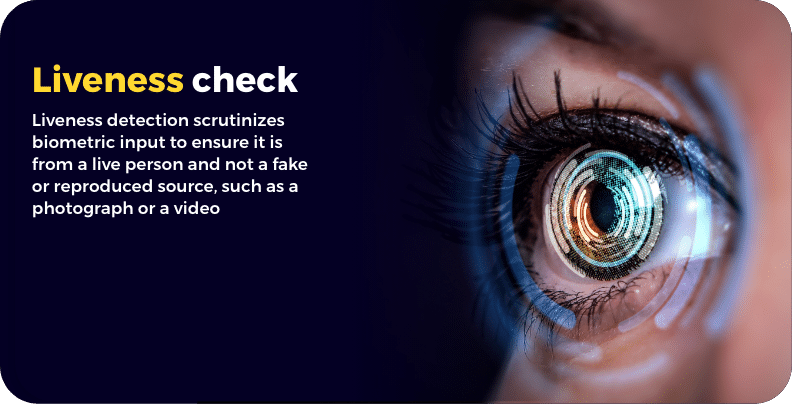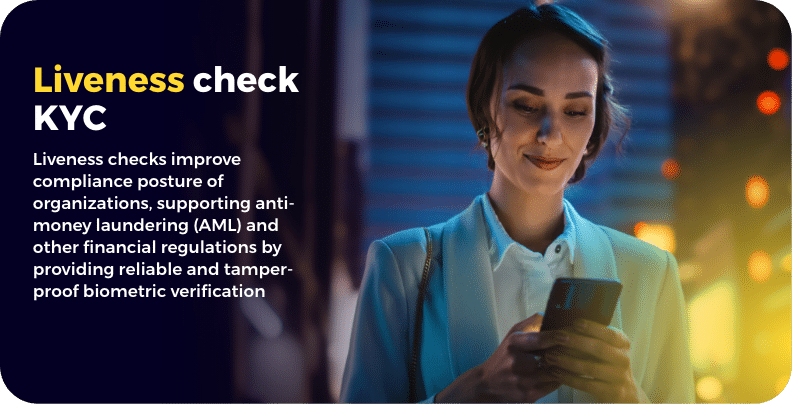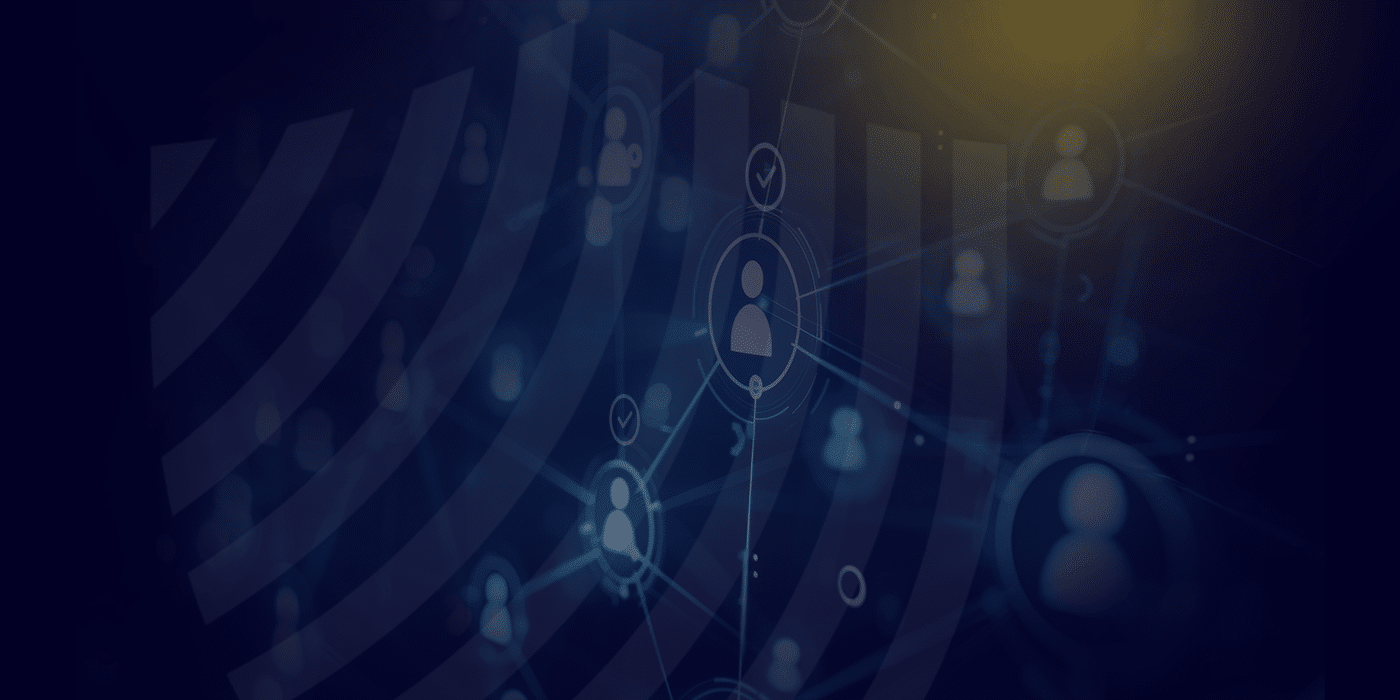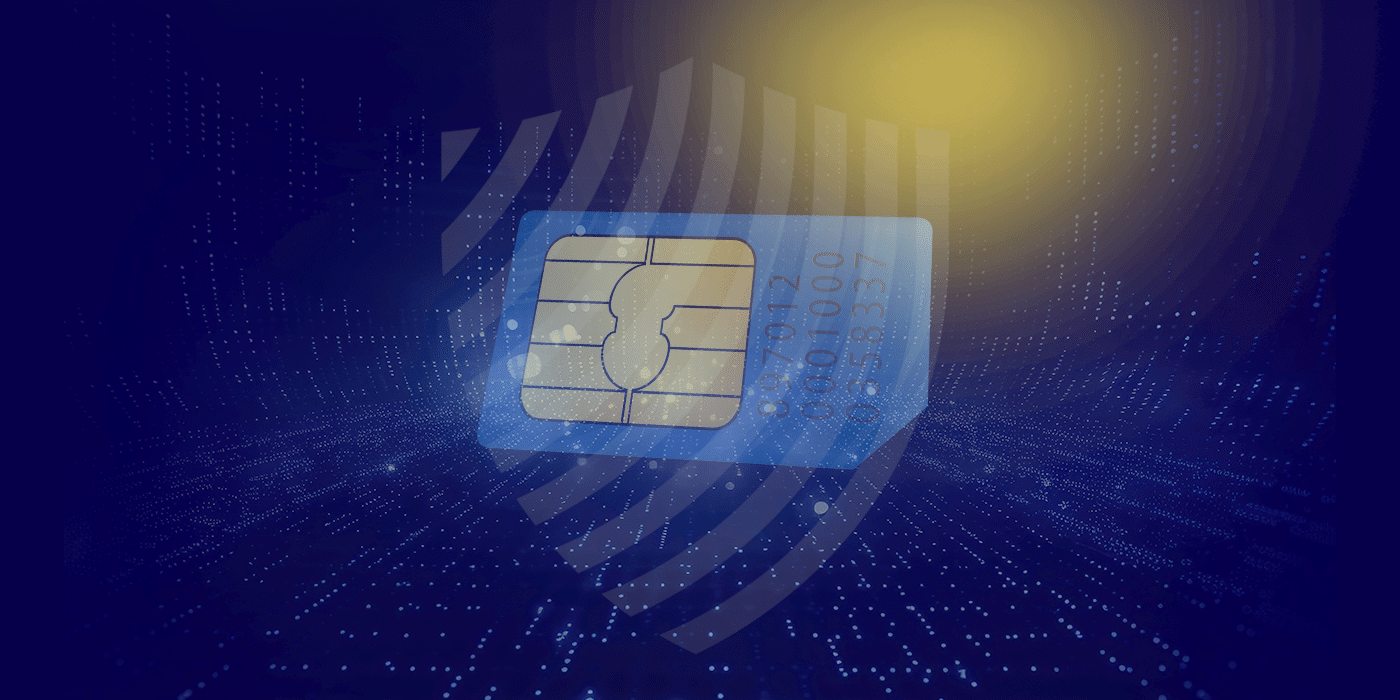Biometric security and liveness detection are becoming crucial elements for digital transactions. They serve as an extra layer of authentication and security for KYC processes in the fight against online fraud.
Where text-based passwords require lengthy and complex character combinations, turning to biometric data offers much more convenience. It’s much more challenging to replicate someone’s fingerprints or facial features than to guess or crack a password.


Understanding Liveness Verification
There’s more to liveness verification than being favored over text-based passwords. From types of checks and their applications to techniques used, benefits, challenges, and risks to embracing this technology, here’s a look at what you need to know.
What is a Liveness Check?
Liveness detection, a biometric security technology, scrutinizes biometric input (like a facial scan). Biometric data is then checked to ensure it is from a live person and not a fake or reproduced source, such as a photograph or a video.
As an extra layer of authentication, face liveness detection is versatile. It can be adapted to different levels of security needed for various applications. Given the importance of KYC processes and compliance, liveness checks are increasingly used to create smoother customer experiences, especially for banking, insurance, and other businesses.
The Role of Spoofing Biometrics
Spoofing biometrics is a critical feature that catches and prevents fraudulent attempts to mimic or replicate a biometric feature (think an iris pattern or a fingerprint). It does this by distinguishing real human traits from artificial ones, such as masks, photos, or voice recordings, used to spoof the system.
Spoof detection also employs various technologies like 3D mapping, texture analysis, heat sensing, and behavioral analysis to detect the authenticity of the biometric sample. When a fake is identified, it’s easier to prevent unauthorized access in applications like secure logins, financial transactions, and access control systems.
Liveness Checks: KYC and eKYC Applications
Liveness check significantly contributes to Know Your Customer (KYC) and Electronic Know Your Customer (eKYC) processes. A liveness check authenticates the person undergoing the KYC process as an additional layer of security to KYC.
It proves that the person being authenticated is physically present and the person they are presenting themselves to be — a critical step in the fight against identity theft and fraud in financial transactions.
Liveness checks also help improve the compliance posture of organizations. When incorporated, they ease businesses’ steps to comply with anti-money laundering (AML) and other financial regulations by providing reliable and tamper-proof biometric verification.
Customer experiences can be enhanced, too. Sophisticated eKYC processes that include liveness checking can streamline customer onboarding. Traditional KYC processes are prone to human error. They require sharing paper documents, phone calls, and human interaction with new customers.
Smart eKYC solutions can take place in an instant with greater accuracy and security. Using robust liveness check measures can also enhance customer trust. Smoother and more customer-friendly experiences help customers develop a stronger sense of security when transacting through digital platforms.
Active Liveness Checks
Active liveness verification requires direct user interaction. A system might prompt the user to perform specific actions, such as blinking, smiling, speaking, or moving their head. The need for user interaction makes this form of check highly effective. Prompts make spoofing much harder to achieve because they rely on a user’s real-time response.
Passive Liveness Checks
Passive liveness verification doesn’t require user interaction. Instead, they operate in the background as algorithms analyze inherent characteristics of the biometric sample, like skin texture, eye reflections, or subtle facial movements, often without the user’s knowledge.
Passive liveness checks are considered a more seamless and user-friendly experience than active checks but also less secure. The lack of user interaction does away with interruption or delay during authentication but also proves less effective against sophisticated spoofing techniques.
Liveness Detection Techniques
Several techniques can be used to perform liveness checks, most of which are based on active liveness checks.
Facial Recognition
Facial recognition systems can analyze physical characteristics such as blinking, mouth movements, or head rotations to ensure the subject is alive and present. Depending on the hardware, they leverage depth perception with some systems using 3D facial detection. Mapping or depth sensors help differentiate between a live person and a photograph or a mask.
Facial recognition is a popular option because it is a quick and effortless way to authenticate a person. It’s non-intrusive, often requiring just a glance at a camera. It also suits various applications, from security systems and mobile devices to smart technology. And with AI and machine learning advancements, facial recognition systems have become highly accurate in identifying individuals.
Voice Recognition
Voice recognition systems analyze speech patterns, tone, and other voice characteristics to verify a sound is coming from a live person in real-time. Systems usually prompt users to speak specific phrases or respond to prompts to prove active participation and confirm liveness.
Systems can also analyze background noise patterns to detect unnatural variations in a voice to tell if a recording is being used. And while voice patterns can change over time, advanced systems can adapt.
As a faceless live detection method, voice recognition is more convenient for people who would rather not rely on facial detection.
Fingerprint Analysis
Live fingerprint analysis checks sweat pores, blood flow, or temperature to differentiate between a real finger and a fake one. This technique is well-established and accepted in various security applications. It’s fast and offers high accuracy because the characteristics it relies on are unique and, therefore, hard to replicate.
Iris Recognition
Iris recognition examines unique patterns in a person’s iris. Often, iris recognition liveness detection systems look for natural eye movement or pupil dilation in response to light changes. This is a more complex and hard-to-spoof solution because the iris has an intricate pattern unique to each individual, even more so than fingerprints. It’s also considered to be more hygienic and user-friendly than contact-reliant alternatives.
Vein Pattern Recognition
Vein pattern recognition is based on the unique patterns of veins in a person’s hand or finger. This liveness detection method includes checking for blood flow or a pulse to confirm that the sample is from a live subject. Vein patterns are internal and, therefore, complicated to replicate or forge. They are also less prone to contamination or damage that fingerprints might experience.
Benefits and Challenges
Liveness detection is a sophisticated approach to fraud prevention for several reasons. But there are also potential challenges this technology faces due to rapid technological developments.
Advantages of Liveness Detection
- Focus on Real-time Verification: Unlike traditional fraud detection methods that may analyze historical data or patterns, liveness detection is concerned with the immediate verification of a subject’s presence. It checks for signs of life in the biometric sample, such as subtle facial movements or fingerprint blood flow patterns.
- Prevention of Spoofing Attacks: Liveness detection is specifically designed to combat spoofing attacks, where fraudsters use photos, videos, masks, or other artificial replicas to mimic biometric characteristics. This is a unique capability in biometric security that traditional fraud detection methods may not address.
- Lower Operational Costs: By effectively blocking fraudulent activities at the point of entry, liveness detection reduces the need for extensive manual review processes. It also decreases the overall exposure to fraud, which is a significant advantage over more reactive fraud detection methods.
- Works with Other Biometric Technologies: While traditional fraud detection might rely on pattern recognition or anomaly detection, liveness detection is typically used with other biometric technologies. This unique approach enhances the system’s overall security and provides a more comprehensive approach to fraud prevention.
Challenges and Potential Risks
- Vulnerability to Adversarial Attacks: Even with sophisticated liveness detection, biometric systems can still be at risk of being fooled by advanced adversarial attacks powered by generative AI. These attacks can be tailored to exploit weaknesses in the liveness detection algorithms and can be carried out at scale.
- Weak Solutions are Potentially Susceptible to Advanced Spoof Attacks: Weak liveness detection systems, particularly in fingerprint recognition, are vulnerable to spoof attacks. Forged biometrics (like fingerprints) can be used, and there’s always a risk of sophisticated spoofs evading detection.
- Theft and Forgery of Biometric Data: While a safer authentication method, biometric data can be stolen and forged. It is generally more challenging to replicate biometric data. Still, it is not impossible; once stolen, it cannot be easily changed like a password.
- Impersonation Attacks: A major obstacle for biometric recognition systems with liveness detection is the risk of impersonation attacks. These can be sophisticated enough to mimic the required biometric traits to fool the system.
- Inadequate When Used Alone: While liveness detection adds a layer of security, more is needed to prevent spoofing threats completely. It should be combined with additional security measures for more robust protection.
These challenges highlight the importance of continuous improvement in liveness detection technologies and the need for a multi-layered approach to security.
History of Liveness Verification and Detection
Early Days
The concept of liveness detection began to take shape in the early 2000s, with the first academic papers exploring methods to distinguish real biometric traits from fake ones. In 2002, the International Biometric Group (IBG) started investigating the vulnerabilities of biometric systems to spoofing attacks. By 2004, the biometric community introduced the “Presentation Attack Detection” (PAD) concept, aiming to counteract these spoofing attempts.
In 2006, significant progress was made when researchers demonstrated the first spoofing attacks using photographs and silicone masks at the Biometric Consortium Conference. This period marked the beginning of a more focused effort to understand and counteract spoofing.
The 2010s saw considerable advancements in liveness detection techniques. In 2010, software-based methods analyzing image quality and facial movements were developed, and in 2012, the National Institute of Standards and Technology (NIST) released guidelines on biometric liveness detection. The LivDet (Liveness Detection) competition was established in 2014, promoting research in fingerprint liveness detection. By 2017, face liveness detection systems began incorporating 3D sensing technologies to enhance their capabilities.
Modern Times
The 2020s have been characterized by widespread adoption of face liveness detection in mobile devices and online services, spurred by the need for remote verification during the COVID-19 pandemic. Advancements in AI and machine learning by 2022 have significantly improved the accuracy and reliability of these systems. As of 2025, ongoing research continues to focus on combating sophisticated spoofing attacks, including deepfakes and advanced silicone masks.
Evolution of Spoofing Biometrics
Early Days
Early spoofing techniques in the early 2000s relied on simple methods such as printed photographs and basic silicone masks. However, by the mid-2000s, attackers began using higher-quality silicone masks and 3D-printed replicas of fingerprints. From 2011 to 2015, more sophisticated attacks emerged, utilizing high-resolution video replays and advanced materials for spoofing.
Modern Times
Recent years have seen rapid development in deepfake technologies, posing new challenges for facial recognition systems. Between 2016 and 2020, the biometric industry saw increased collaboration between academia and industry to develop robust anti-spoofing measures, leveraging AI and neural networks. As of 2025 and beyond, the focus is shifting towards integrating multi-modal biometric systems and continuous authentication methods to enhance security against spoofing attacks.
FAQs About Liveness Recognition
What is Liveness Detection?
Liveness detection is a technology used in biometric security systems to differentiate between a live person and a synthetic or fake representation.
What is the difference between Active and Passive live checks?
Active Liveness Detection:
- Involves user participation through blinking, smiling, head movements, or speech.
- Employs a challenge-response approach to confirm the user's live presence.
- Examples include reacting to prompts during authentication.
Passive Liveness Detection:
- Works silently in the background without user interaction.
- Uses algorithms for automated analysis of biometric features like skin texture and eye reflections.
- More user-friendly but potentially costlier and more complex to implement.
What is the significance of a liveness check in biometric security?
Liveness checks ensure the authenticity of biometric data. They safeguard systems against fraud by enhancing their authentication reliability.
How does spoof detection contribute to secure authentication?
Spoof detection works alongside liveness detection to block attempts at deceiving biometric authentication systems.
What distinguishes 3D facial liveness detection from other methods?
3D facial liveness detection is a more sophisticated approach and use of advanced technology. It goes beyond the capabilities of 2D methods by analyzing the depth and structure of a face, creating a detailed three-dimensional map.
Conclusion
Liveness detection is one of the most exciting technologies developed to prevent online fraud. Organizations use it to enhance KYC and onboarding processes and provide compliance-weary businesses and their customers peace of mind.
Superior User Authentication With AU10TIX Identity Verification Suite
AU10TX’s Identity Verification Suite is a comprehensive, fully-automated identity verification system. With built-in regulatory evidence, biometric verification and liveness checks, and a proprietary enhanced detection database, we can identify and prevent more spoof attempts for smoother and safer KYC experiences.







